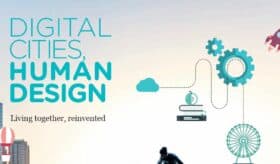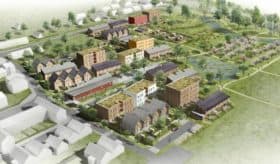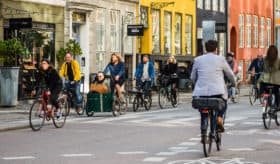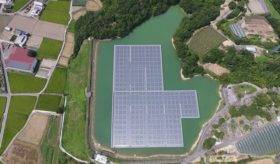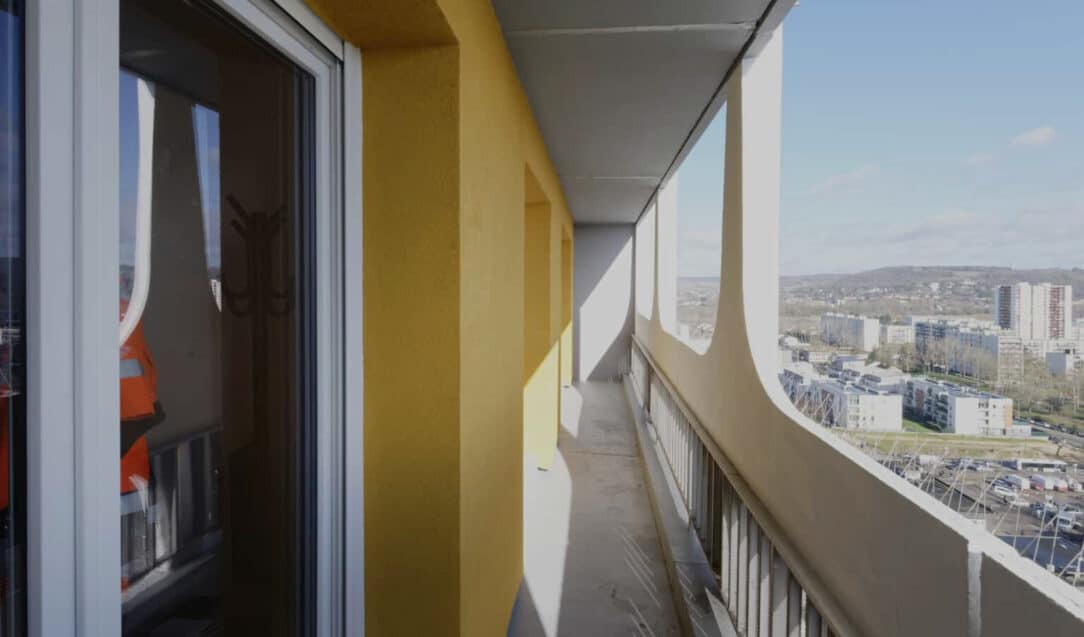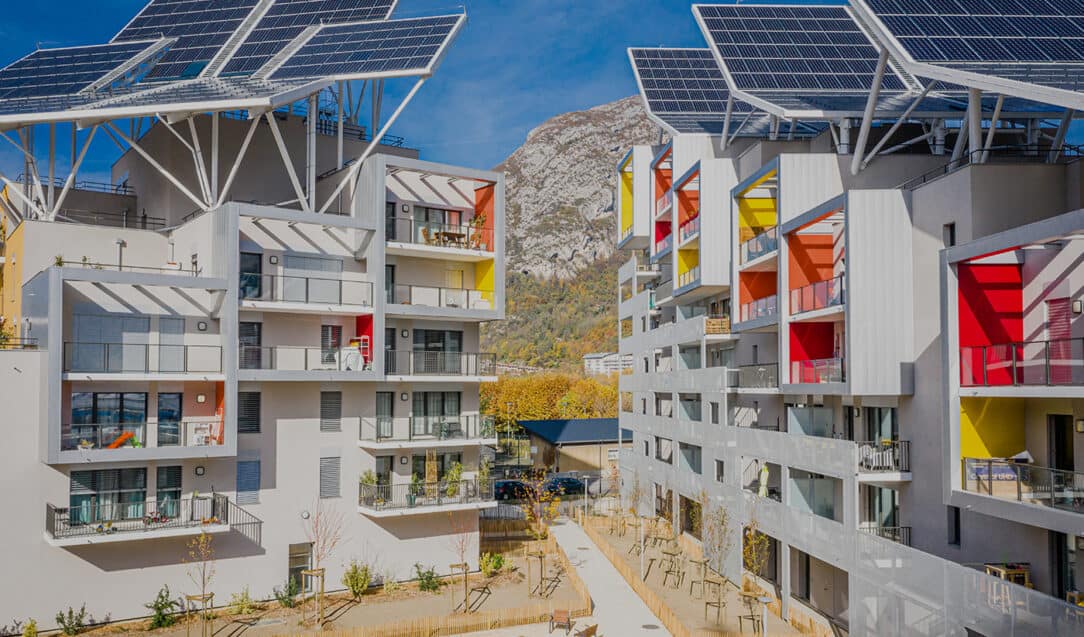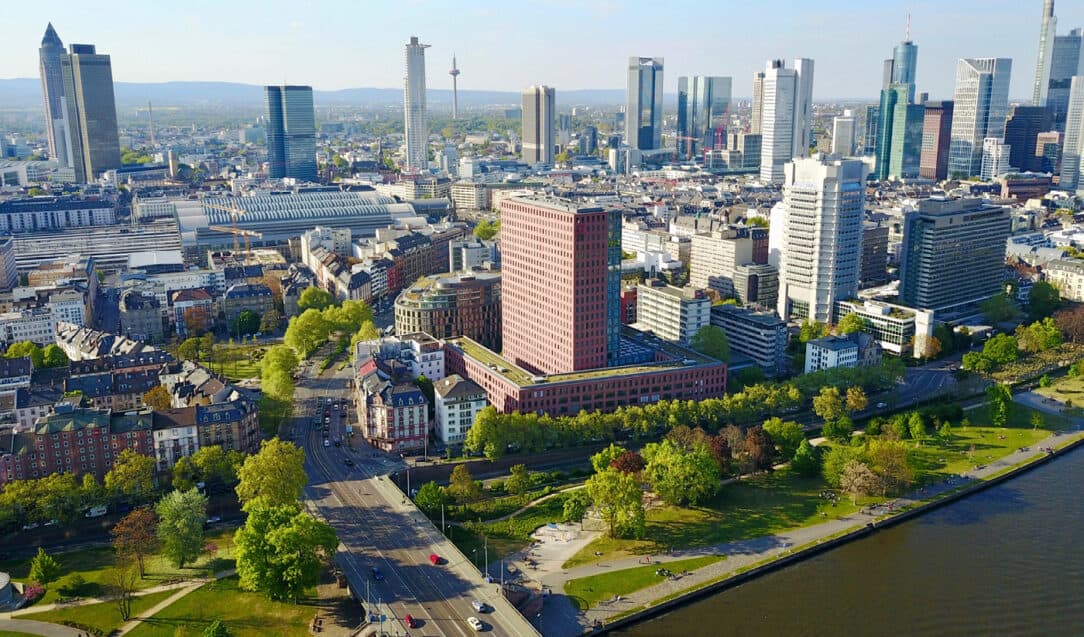Seniors and housing: a model in need of reinvention
(Français) Le vieillissement de la population n’est pas un phénomène nouveau. Mais l’augmentation de l’espérance de vie en bonne santé et l’arrivée massive des baby-boomers à la retraite accélèrent fortement le phénomène. Pour preuve, il y a en France depuis 2015 plus de +65 ans que de -18 ans ! Et en 2030, un français sur 3 aura +60 ans. Qui sont les seniors ? Quels sont leurs besoins et attentes ? Quelles implications sur les offres d’habitat ? Découvrez ci-dessous quelques éléments de réponse.
Cahier de tendances : Bien vieillir chez soi
Quels sont les besoins et attentes de la génération du baby-boom, arrivant à la retraite ? Comment adresser des fragilités à la fois multiples et spécifiques ? Comment l’habitat peut-il favoriser la prévention, anticiper les ruptures dans le parcours de vie ?
Trend books: digital cities, human design
With the digital ecosystem, we are transitioning to a new paradigm which is revolutionising our economic models, our lifestyle, and our habits. New opportunities are opening up for us in different areas such as shared usage, mobility, energy, citizen involvement, and community living.


